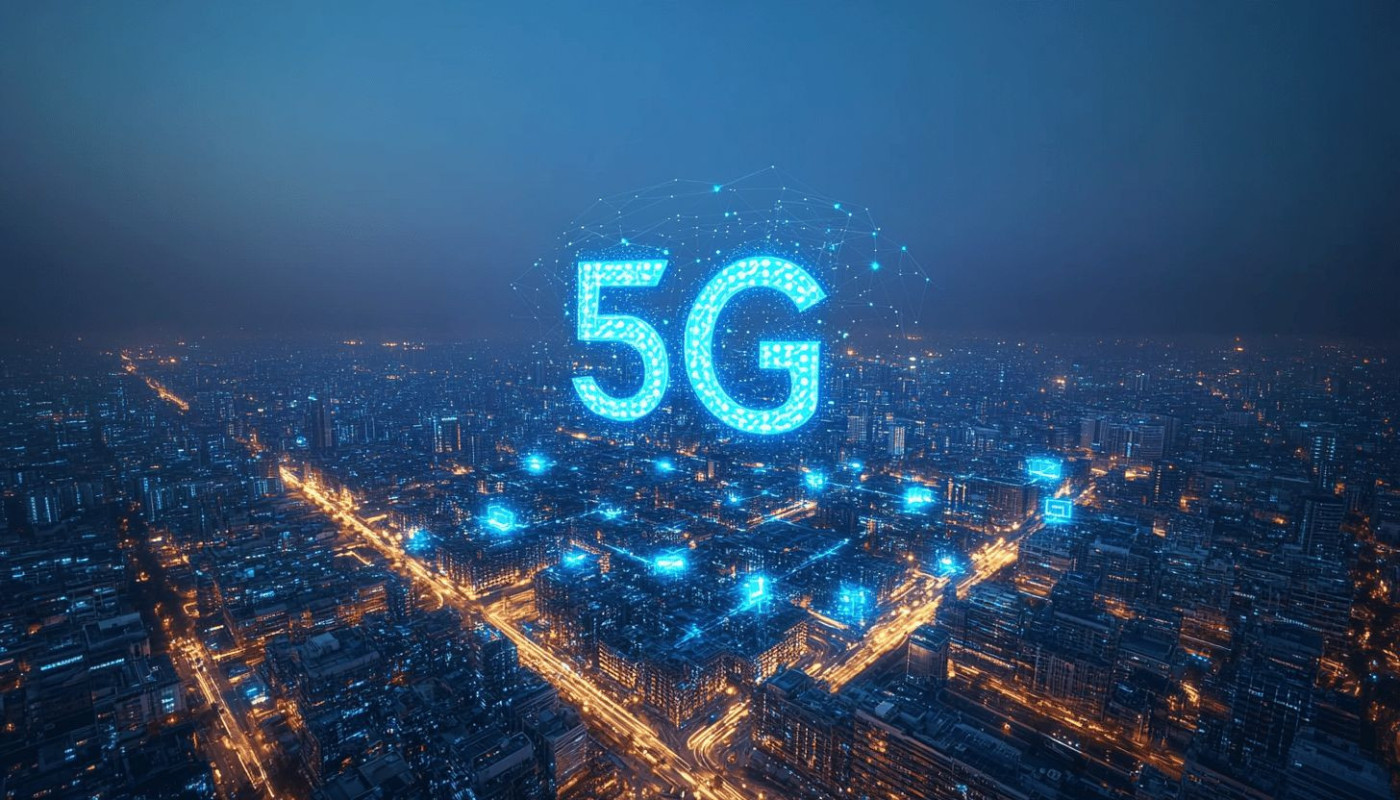Table of contents
As the world strides into a new era of digital connectivity, 5G technology emerges as a transformative force in the realm of the Internet of Things (IoT) and the development of smart cities. With its unprecedented speed and reliability, 5G is paving the way for a future where everything is more interconnected, efficient, and intelligent. This discussion delves into how 5G is setting the stage for revolutionary advancements in IoT and smart city initiatives, inviting readers to explore the profound implications of this synergy for society and industries alike.
The Impact of 5G on IoT Growth
The advent of 5G technology is dramatically accelerating the expansion of the Internet of Things (IoT), offering not only unprecedented 5G speed but also a transformative capacity for IoT connectivity. With its ability to transmit large volumes of data at incredibly high speeds, 5G is enabling more efficient and faster data transfer rates that are imperative for the burgeoning IoT landscape. This advancement is pivotal in reducing latency to near real-time levels, which is indispensable for applications requiring immediate response times. Moreover, 5G's innovative network slicing feature allows for the creation of multiple virtual networks on a single physical infrastructure, providing tailor-made connectivity solutions that meet the diverse needs of various IoT applications.
For consumers, the benefits of this synergy between 5G and IoT are manifold, from enhanced user experiences to the immediate availability of real-time data, which allows for more interactive and responsive smart home and wearable devices. Businesses stand to gain substantially as well, as the amalgamation of 5G's rapid speeds and expansive connectivity fosters significant advancements in industrial IoT, smart logistics, and autonomous vehicles. The proliferation of connected devices, now viable through 5G, ensures a seamless flow of information, facilitating smarter decision-making and optimizing operational efficiencies. The growth of 5G IoT is a testament to the technology's potential in revolutionizing not only how we interact with devices but also in the way entire industries operate.
Revolutionizing Urban Infrastructure with 5G
As urban populations swell, the strain on city services and resources intensifies, necessitating a transformation in how we manage and operate our urban environments. The advent of 5G technology is at the forefront of this metamorphosis, acting as a catalyst for smarter city infrastructure. With unprecedented speed and reliability, 5G networks are unlocking the potential of the Internet of Things (IoT), allowing for a more interconnected and intelligent fabric of city functions. In traffic management, 5G-connected IoT sensors can monitor and analyze traffic flows in real time, leading to dynamic signal adjustments that minimize congestion and reduce emissions, thereby promoting sustainable urban living. Public safety is being redefined as 5G enables instantaneous data transmission from IoT devices to emergency services, facilitating quicker response times and more effective incident management. Utility management also benefits from 5G’s capabilities; smart grids can now leverage IoT sensors to predict demand, distribute energy more efficiently, and integrate renewable energy sources. Edge computing, a technical advancement innately tied to 5G, processes data closer to where it is collected, minimizing latency and ensuring that real-time decisions can be made swiftly, an attribute indispensable to maintaining a smart city infrastructure. By fostering an ecosystem of urban IoT, 5G is not just enhancing current city services but is reimagining the possibilities for sustainable cities worldwide.
Enhancing Public Services Through 5G
The introduction of 5G technology is set to transform public services by enabling more efficient, reliable, and rapid communication systems. In the realm of smart transportation, 5G's capacity for massive machine-type communications (mMTC) allows for unprecedented connectivity between vehicles and infrastructure, leading to smarter traffic management and reduced congestion. This enhanced communication framework is pivotal in developing intelligent public transit systems that can adapt in real-time to changes in passenger demand and traffic conditions, thereby improving the overall efficiency and experience for commuters.
In the healthcare sector, 5G public services are set to revolutionize the way we approach medical care. With high-speed, reliable communication, remote healthcare becomes a practical option for many, allowing patients to receive high-quality care from the comfort of their homes. This is particularly beneficial for those in rural or underserved areas where access to clinics and hospitals may be limited. Additionally, 5G facilitates the rapid transmission of large medical data files, such as MRIs and CT scans, which can be critical for diagnosis and treatment planning.
When it comes to emergency response, the advantages of 5G are clear. More effective emergency response strategies can be developed with the near-instantaneous communication capabilities of 5G networks. First responders can receive and share critical information faster, improving coordination and situational awareness during crises. The result is a more synchronized approach to disaster management and life-saving interventions. As 5G continues to evolve, we foresee a future where public services become increasingly interconnected and resilient, significantly enhancing the safety, health, and well-being of communities worldwide.
5G and the Future of IoT Security
As the proliferation of IoT devices continues to surge, IoT security remains a paramount concern, particularly with the advent of 5G technology. This next-generation wireless standard brings advanced security features designed to tackle the vulnerabilities inherent in IoT systems. With its capacity for high-speed data transfer and increased connectivity, 5G enables more robust security protocols, including end-to-end encryption, which ensures data integrity and confidentiality by securing information from the device to the cloud. The advent of 5G also necessitates comprehensive vulnerability management strategies to protect against sophisticated cyber threats. Cybersecurity efforts are ramping up to develop and implement enhanced mechanisms that can leverage 5G's capabilities to safeguard the myriad of devices in smart cities and beyond. These enhancements in security features are a vital step in ensuring that IoT devices and networks are resilient against the evolving landscape of cyber risks.
Enabling New Business Models with 5G and IoT
The convergence of 5G technology and the Internet of Things (IoT) is ushering in a transformative era for businesses across various sectors. By integrating high-speed connectivity with IoT platforms, organizations are uncovering unprecedented opportunities for innovation and crafting new business models. One significant area is predictive maintenance, which utilizes real-time data analytics to anticipate equipment failures before they occur, thereby reducing downtime and maintenance costs. In the realm of supply chain optimization, 5G-enabled IoT devices can provide granular tracking and environmental monitoring, leading to increased efficiency and reduced waste.
Moreover, the advent of 5G is enhancing personalized customer experiences, enabling companies to interact with consumers in more meaningful and tailored ways. For example, retailers can now leverage IoT sensors and data analytics to understand shopping behaviors and preferences, creating customized offers and services that meet individual needs. These innovation opportunities are not only reshaping how companies operate but are also paving the way for new revenue streams and competitive advantages in the market.
Similar articles





